Review: Nokia 6682
Aug 21, 2005, 7:00 PM by Eric Lin
In-depth review of the 6682, Nokia's new flagship smartphone for Cingular.
Form
Is It Your Type
Nokia would be very happy if we told you this phone is great for the road warrior, and it is, only not necessarily for the corporate road warrior Nokia had in mind. This phone is the ultimate long-weekend device. If you're the kind of person who tends to take off at a moment's notice and needs to bring along a phone that can serve as a phone, camera, email device and maybe even something to do a little work on, the 6682 will suit your needs just fine.
The 6682 has two sibling phones: the 6681, which it is identical to except that the 6681 works on GSM 900 instead of GSM 850, and the 6680, which is a 3G phone that works on UMTS 2100 and features a second camera for video calls. This review should apply equally well to the 6681 and sufficiently cover many of the 6680's features, however we did not test either of those models.
Body
Body
For a candybar style phone, the 6682 is rather large, however it is actually small for Nokia smartphone. The phone gets most of its extra bulk from additional width. Due to the width, the phone feels rather large in the hand, but it is still comfortable. All the edges and corners are well rounded, allowing the phone to be comfortably gripped despite the extra bulk. It does not take long to get used to the feel of the phone in your hand.
The 6682 isn't just large, it's hefty too. Although the body is plastic, and there appears to be nothing out of the ordinary that would cause the phone to be heavy, you can really feel the additional weight.
Despite the heft and the size, the 6682 is both comfortable in the hand and in the pocket. It may be wider than your average phone, but it's thinner than your average modern clamshell - even with the thickness added by the sliding lens cover. This slimmer form allows the 6682 to slide pretty easily in and out of even tight pants pockets. It does however prevent the phone from fitting into change pockets.
Keypad
Nokia has finally stopped trying to design unique (or as we call them, "goofy") keypads for their Series 60 smartphones, and has started to concentrate on making the keypads more usable. The 6682 is an excellent first step in the direction, but it is far from perfect. The left and right softkeys are each very large but the numeric keypad keys are still tiny and scrunched at the bottom of the phone. To enhance usability, Nokia used a more standardized keypad layout , and also beveled each key, creating rows you can physically feel - making it a bit easier to use the cramped keypad. Those with large hands will still find the keypad difficult to use, though.
In order to use the keypad, you have to hold the phone with the top 2/3rds of the handset hanging off your hand in midair. Balancing a heavier phone while texting on tiny keys is uncomfortable and takes a bit of getting used to.
Series 60 requires a number of extra keys, and these are placed vertically down each side of the keypad. They are not any larger than the keypad keys, but they stand out higher than the rest of the keys, making them fairly easy to press, even without looking, which is especially nice for the send and end keys.
Three S's
Screen
The 6682 further improves the screen Nokia debuted on the 6630. It is the same bright, sharp 176 x 208 LCD, only now it has been upgraded to 262k colors. It works very well in all lighting conditions, especially since there is a light sensor to adjust the backlight automatically. Because the screen is dimmed in darker conditions, it doesn't make a good flashlight or firefly light to attract attention in dark bars and clubs. The screen is very responsive, making it a very useful viewfinder when taking pictures or video. *
Signal
Nokia has come to be known for reliable reception and this phone lives up to Nokia's reputation - for the most part. 99% of the time the 6682 had a strong, clear signal, however like every smartphone we've ever used, there were anomalies. Every once in a while the phone would just lose all signal, even in a spot where it normally had a very strong one, and then it would be fine a minute later. There were never any problems during calls or data transfer.
it is worth noting here that the 6682 has one of the fastest EDGE implementations we've used. Data speed was incredible.
Sound
The 6682 is very loud. The default volume setting is at 4 out of 7 and you rarely will need to turn the volume up to 5. Even at 4 the ringer is still fairly loud and can be heard from a pocket in all but the noisiest of spots. When things get noisy the 6682 has an acceptably strong vibrate alert, but we would still recommend turning up the ring volume. As with ringing, in-call volume is usually loud enough at the default, which is good because adjusting the volume in call is a bit tricky. Nokia does not include volume side keys on their smartphones for some reason. To adjust the volume during a call, y the D-pad. You'll either need to reach around and feel for it or just take the phone away from your ear to adjust it.
Battery
Nokia must have worked quite diligently to improve the battery life on their smartphones. While a Series 60 phone normally lasted about 2 days on a charge as recently as last year, the 6682 easily went 4, and usually lasted 5 days on a single charge. This was even more shocking considering how often we used the camera and checked email or browsed the web during these periods. Nokia is certainly doing something right, and other smartphone manufacturers would be wise to find out what it is.
* The Screen section on this page was corrected on August 26 to clarify background info regarding the 6630.
Function - Basics
Menus
For those who have used a Series 60 smartphone before, the 6682 - which runs the latest (third) version of Series 60 - holds few surprises. However using this smartphone for the first time is not for the faint of heart. On the home screen the user is presented with a number of choices, none of which take him to the applications menu, although many take him to specific applications. The home screen is actually new to this version of Series 60 and features a configurable list of 5 applications, a display of upcoming events and tasks, as well as the two configurable soft buttons found in earlier versions. This new home screen removes much of the need to access the applications menu, so you may never really need to know how to do it.
The applications menu is reached from one of the vertical keys which looks more like a sync icon. The applications are clearly labeled in the menu with an icon and text and are in a scrolling grid. Pressing select on the D-pad opens an application. You can also select from a list of currently running applications by holding down on the applications button. This menu also allows you to close currently running applications as well.
Once in an application, the left softkey is dedicated to options while the right acts as a back or cancel button. You can leave the application and return to the home screen by pressing the end key at any time.
Navigating through the programs, through menus and through lists of files is very quick compared to most modern phones, especially smartphones. Sometimes when exiting back to the home screen, there is a noticeable delay in the redraw, but otherwise the interface is very speedy, even when launching applications. This is especially beneficial for the camera, which launches extremely fast.
The speed is even more impressive when you notice the graphic flourishes that Nokia has added to the latest version of their smartphone OS. Menus scroll up from the softkey labels, and messages and call status indicators gently fade away. It's fairly elegant and doesn't seem to consume the phone's resources.
Calls / Contacts
Calls
There are dedicated send and end buttons. These come in handy not only during phone calls, but also in applications where the send key will send a message, for example. Despite the fact that the 6682 is a smartphone, making calls is an obvious affair, as are other call-related functions. A double tap of the send key works as redial and the send and end keys also assist in call waiting navigation. During a call, the right softkey activates the speakerphone, while the left provides access to an options menu that includes mute and other functions.
Contacts
As with most modern phones, the 6682 stores contacts in the application and not on the SIM card. When starting the contacts application for the first time, the phone will ask to copy the contacts from the SIM. Alternatively, contacts can be synced from a computers. Each contact card can store almost any type of information. They can store multiple phone numbers, email addresses and even physical address. Unfortunately, the contacts application is much better at storing this information than displaying. There is no contact summary card, so one must scroll through field names and the corresponding entries to see anything. This is especially annoying for contacts with multiple numbers and addresses.
The contacts application also lets you easily add a voice tag, one touch dial position or customized ringtone, from the options menu. You have to select a contact, select edit and then go to the edit options menu to add a photo for caller ID - which seems unnecessarily complicated. In addition to the native voice dialing system, which has to be trained, Nokia includes a trial copy of a speaker independent voice dialing application from voice signal on the memory card.
When viewing the contacts list, you can jump to a contact by starting to type the name using multi-tap. The application sorts over more than just the first letter, and sorts over both first and last name, eliminating the endless scrolling which often plagues most contacts applications.
Messaging
Starting a new message is rather easy on the 6682. As part of the home screen shortcuts, you can add one click access to new text message, new multimedia message, new email, or the general new message dialog from earlier series 60 versions that then prompts you to select a text, multimedia or email message.
When composing a new message, the cursor is placed in the address window by default, however you can move it to the message and then come back to address the message. We would prefer the cursor just started in the message body. Addressing the message is fairly simple, you can either enter a phone number or short code in the address field or press select on the D-Pad and select a contact. The contact selection uses the same advanced find as the contacts application.
When new messages are received, a notification appears on the home screen and prompts you to open the message, as expected. Nokia included some new rather pleasant new message tones so you are no longer embarrassed by the loud double beeps when your friends SMS you.
The email client is capable of sending and receiving email from POP3 and IMAP accounts. Although it supports multiple accounts, only one can be active at a time. You can configure when and how much mail the phone should download and even whether it should automatically download attachments, which the email client supports.
Function - Extras
Camera
When familiarizing yourself with the 6682, you may wonder where the shutter button is. After all, Nokia took the time to include a slide cover for the camera lens, and by today's standards that usually goes hand in hand with a horizontal interface and a dedicated shutter button. However Nokia has bucked the trend and chosen instead to orient the camera vertically for camera use, just as they have on all their previous phones. The phone is very well balanced when holding it to take pictures, and it is quite easy to take a steady shot with just one hand.
The slide cover works more intuitively than most in that when slid open it will start the camera application, even if the keylock was engaged. The application starts in under 2 seconds if the keylock is off, and just over 2 seconds if the keylock was on.
The viewfinder display is very camera-like despite its vertical orientation. There is a large viewfinder window with an overlaid zoom and flash status indicator. The left softkey gives you access to the options menu, which contains additional settings such as night mode, self timer, and color adjustments. After snapping a picture, it takes about 3 seconds to save. While the picture is saving, the screen displays the last viewfinder image which is typically a bit poor, however when the save is finished, the review screen shows the picture in all its glorious detail, and the detail is very impressive. The camera even tends to outperform heavyweights like the Sony Ericsson S710a.
From the review screen all you can do is send the photo, delete it or return back to the viewfinder. Nokia includes two image management applications. The traditional gallery which allows you to both manage as well as zoom in on photos, and the image manager, which has the same functions and adds the ability to compose a slideshow. The image manager uses the carousel interface Nokia has proudly been showing off in screenshots of the phone. It is, however, the only slow application on the phone and we can't see the benefit of having it there.
The video recorder, which can be activated by pressing the D-pad right from the viewfinder has 2 resolutions: 128 x 96 and 176 x 144, and two recording lengths: short, which has a maximum of 30 seconds, and maximum, which will go until the memory card is full. The video is a bit blurry and sometimes choppy, which is a small disappointment considering the excellent still image quality. Sound is quite good and fairly loud.
Pictures and Videos
The 6682 has 20/50 vision. This isn't a bad score, however considering the detail the camera captures compared to other phones, we expected an even better number. The colors are slightly dull in anything less than optimal lighting conditions, but still true, so they are easily adjusted in a photo editing program. In bright light, the camera handles light colors better than most, preserving both color and detail.
The 6682 is one of the first Nokias to include an LED flash, but it proved useless. It is a good thing Nokia still included a night mode in addition to the flash. The two low light pictures below were taken within a minute of each other under the same lighting conditions. you can see the flash picture is dark and yellow, while the night mode picture is bright and looks like it was taken under optimal lighting conditions.

3GPP / MPEG-4 format (viewable with QuickTime)
Browse / Customize
Browser
Nokia's browser comes populated with all sorts of shortcuts to Nokia's mobile sites for downloads and information. Nokia also sends along a link to your carrier's homepage when you request for the phone to be configured via SMS from Nokia's web site. As we remarked before, the 6682 has impressive data speeds. Combine this with a browser that quickly and accurately renders mobile web sites, and browsing is a pleasure on the phone. In addition to WAP, the default browser is also capable of rendering simple HTML pages. However if you need to browse the desktop web, Nokia include a trial version of Opera on the memory card (in addition to about 10 other applications). Because the default browser is so capable, only the most serious of smartphone users will need to splurge for the full version of Opera.
Customization
Like most modern Nokias, the 6682 plays a huge variety of ringtones, including MIDI, mp3, AAC and a few proprietary formats. The included ringers are better than the standard Nokia fare but still disappointing when compared with other high-end handsets. There are a few half-hearted dance selections, some classic midi pieces, and a few samples like a crowd cheering "ooooooohh" as if watching fireworks. It is fairly easy to install and use your own ringtones or download your own to supplement the default selections.
As with the previous version of Series 60, this version supports themes which include home screens, menu colors, dialog boxes, status indicators and more. It does not, however, change the screensaver, which is always a clock with status indicators for messages, missed calls and more. Nokia only includes a single theme with the 6682, and while it is not bad, it does not provide much visual contrast for anyone who has less than perfect vision. Nokia includes a link to download more themes in the browser, however none are currently available from their site. There are a number of desktop sites which you can download Series 60 themes from and then install on the phone, should you find the default unsuitable.
File Management
There are almost too many ways to manage memory on the 6682, or on any Series 60 phone for that matter. The gallery application can be used to manage sound files, pictures and videos. There is a manager application that is used to install and delete programs from the phone and a file manager that can deal with almost every type of file. Other than the manager, each application can delete, copy, move, rename and send files via Bluetooth.
Other
Watch
The home screen displays a large analog or digital clock which is easy to read as long as the theme you're using is well designed. There are many homemade themes that make telling time nearly impossible. When the phone is idling, the backlight will turn off and the phone will display a screen saver with the date and time and a status bar. The screen saver is visible under decent lighting conditions but useless in the dark. The screen will eventually turn off to save the battery even further. Pressing a button from the screen saver or the blank screen will turn on the backlight and return you to the last screen you viewed - usually the home screen, making telling time fairly easy. If the keylock is engaged, pressing a button will return you to the home screen but not activate the backlight. The power button is the only one that will activate the backlight for telling time in dark conditions with the keys locked.
Java
The 6682 scored a whopping 5129 on JBenchmark's MIDP 1.0 test. That score is only exceeded by dedicated PDAs and a few smartphones. This set our expectations high for the phone's performance on other tests, but we were disappointed. It only scored a 149 on the MIDP 2.0 test - a score beat by most smartphones and many high end feature phones. The 3D test scores of 178/279 are more respectable, however fewer phones are capable of running the test to begin with. It should be noted that most games for this phone and other Series 60 smartphones are written for the native Symbian OS and not in Java for precisely these performance reasons.
Bluetooth
As a pleasant addition to the array of Bluetooth profiles Nokia smartphones have supported in the past, the 6682 finally supports headset in addition to hands-free profiles. It also supports the usual complement of OBEX, DUN and imaging. You can send nearly every type of file using one of the many file management applications on the phone, no directories or file types seem to be locked out.
Extras
There is now a clock application which provides a shortcut to the date and time control panel where the alarm is set. The 6682 can have multiple alarms, which can wake the phone even if the power is off. The calculator is easy to use and has a large, clear display. The 6682 includes media players for both audio and video, and several more are downloadable. The default audio player plays mp3 and AAC files, however it only plays .aac AAC files, not iTunes .m4a files. The 6682 comes with software to sync to PCs, and works natively with iSync version 2.1 for syncing both calendar and contacts to the phone.
Wrap-up
Considering its great battery life, reception, camera and features, there are few for whom the 6682 would not be a great phone. Like all smartphones, the 6682 has a steeper learning curve than most feature phones. Nokia continues to make progress with Series 60 in an effort to make it the most user-friendly smartphone OS, and they continue to dominate the smartphone market thanks to these efforts. Once familiar with the 6682 and its OS, there are few needs it can't safisfy.
Despite our praise, there are at least two groups for whom the 6682 will not be the right device. If you have large hands or live and die by text messaging, the keyboard is just too cramped for you. And if you work in a large corporation and are expecting a Blackberry-like smartphone solution out of the box, the 6682 does not offer that, despite an excellent email client and the option of the Opera browser.
The 6682 should be available on Cingular very soon.


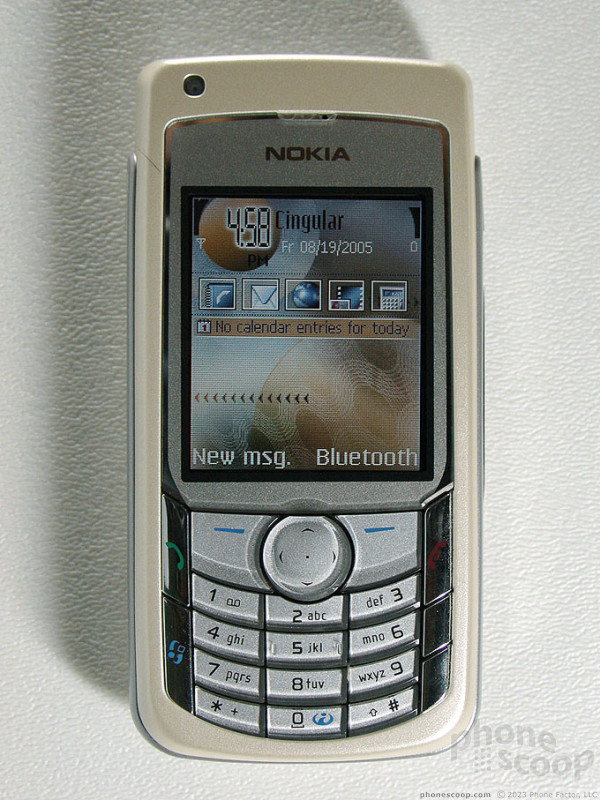








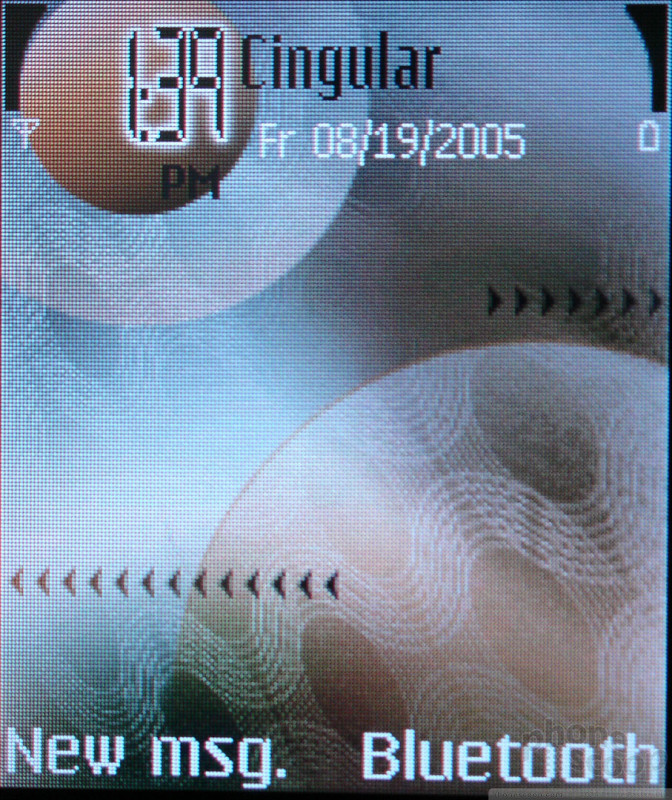




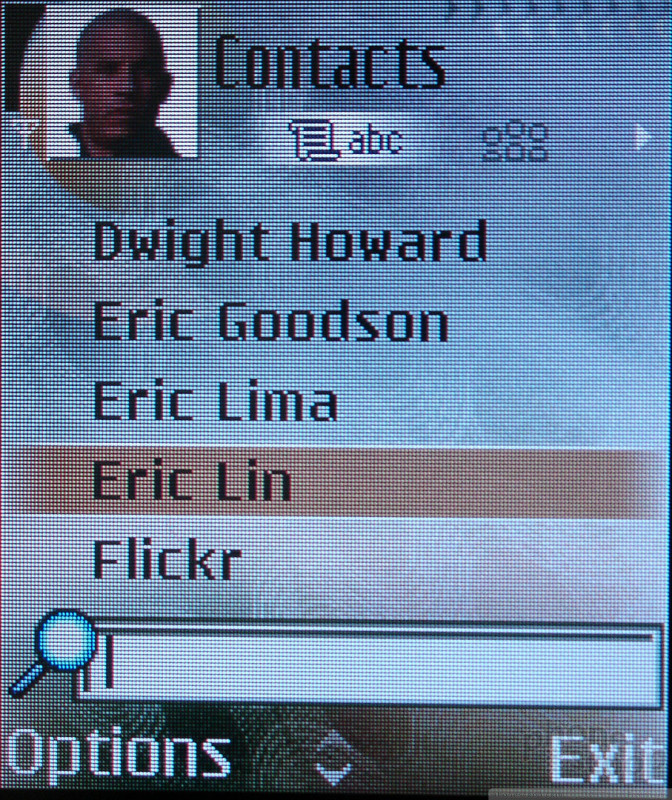




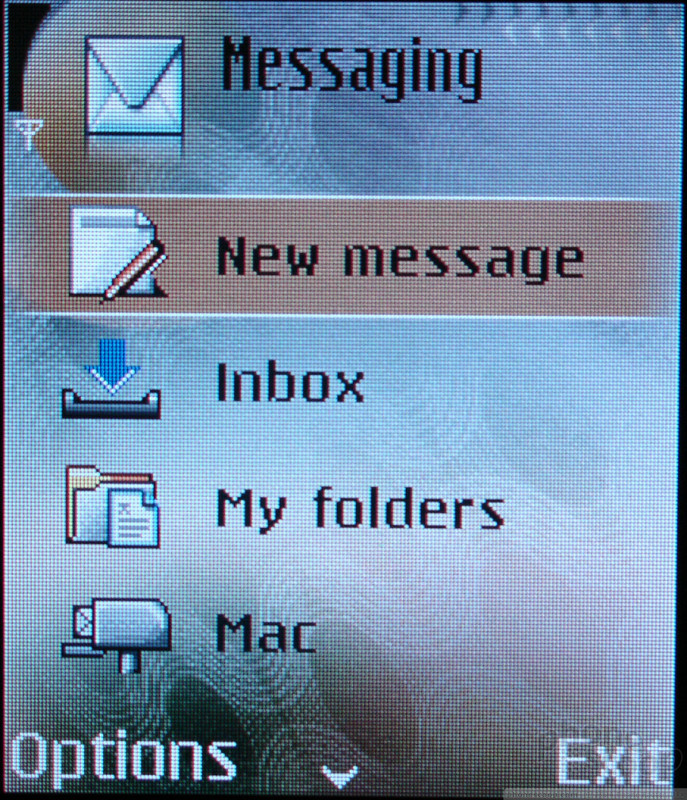




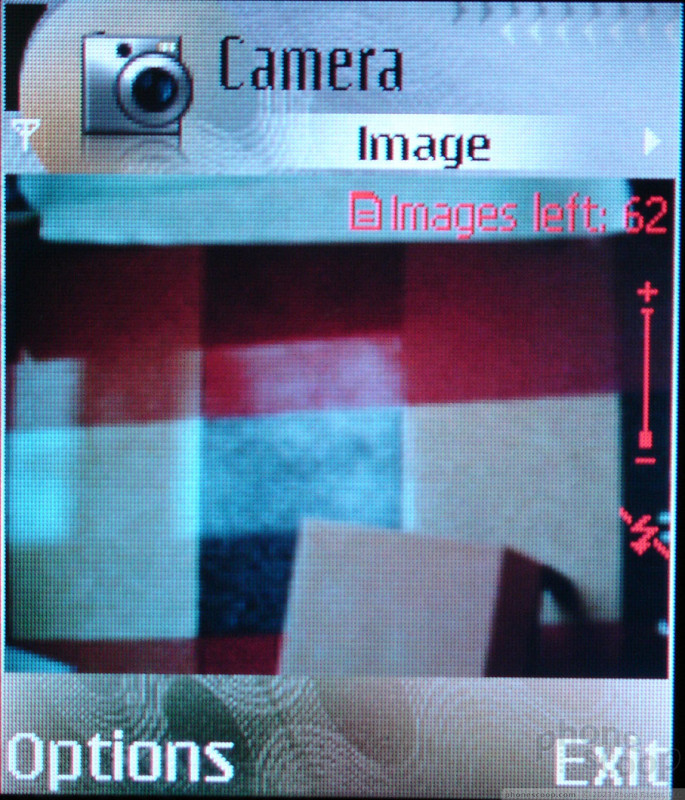




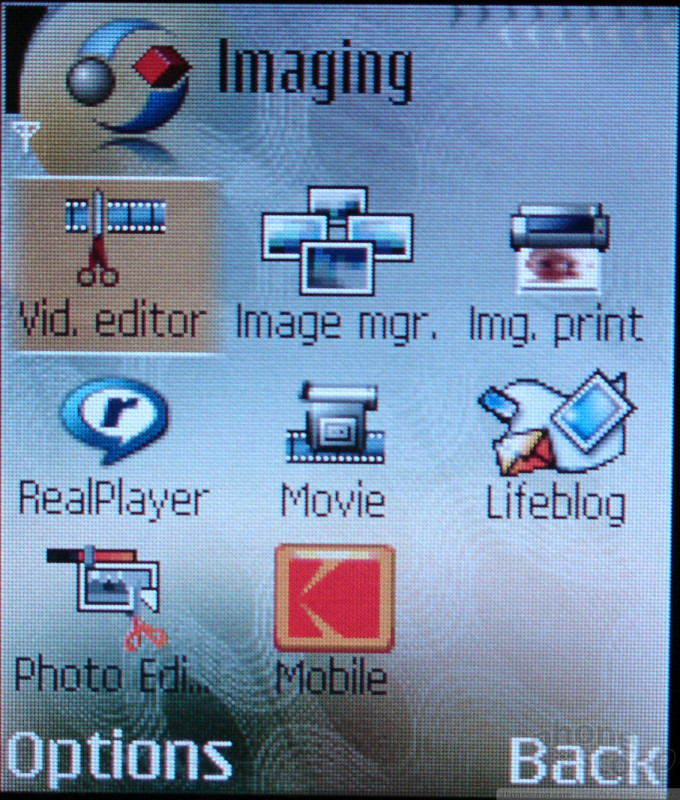







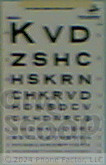









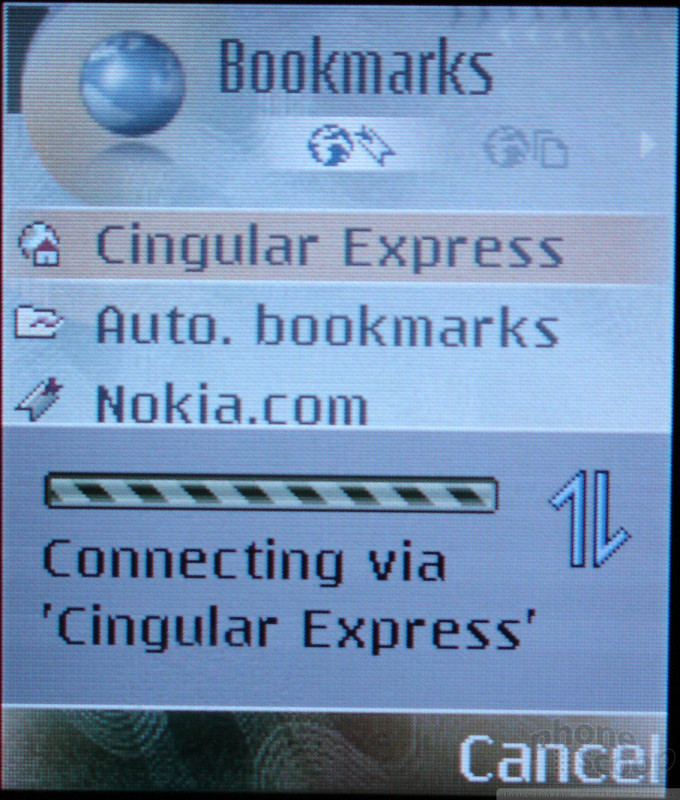




 iPhone 15 Series Goes All-In on USB-C and Dynamic Island
iPhone 15 Series Goes All-In on USB-C and Dynamic Island
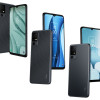 TCL's Newest 5G Phone for US is Most Affordable Yet
TCL's Newest 5G Phone for US is Most Affordable Yet
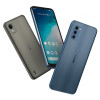 Nokia Refreshes Entry-Level Android Lineup for US
Nokia Refreshes Entry-Level Android Lineup for US
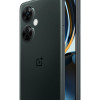 OnePlus' New Mid-Range Phone Has a 108 Megapixel Camera
OnePlus' New Mid-Range Phone Has a 108 Megapixel Camera
 Nokia 6682 / 6681
Nokia 6682 / 6681









